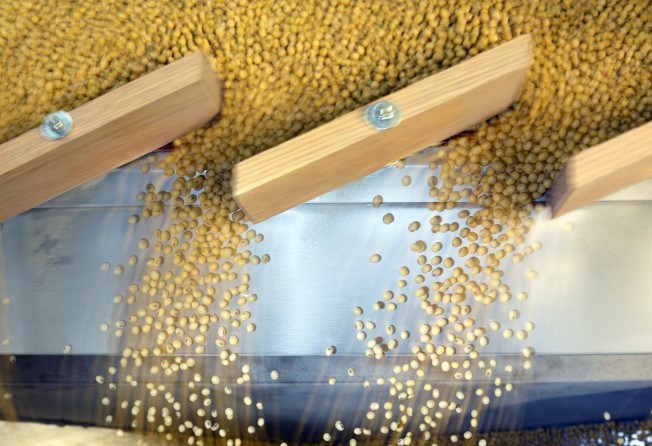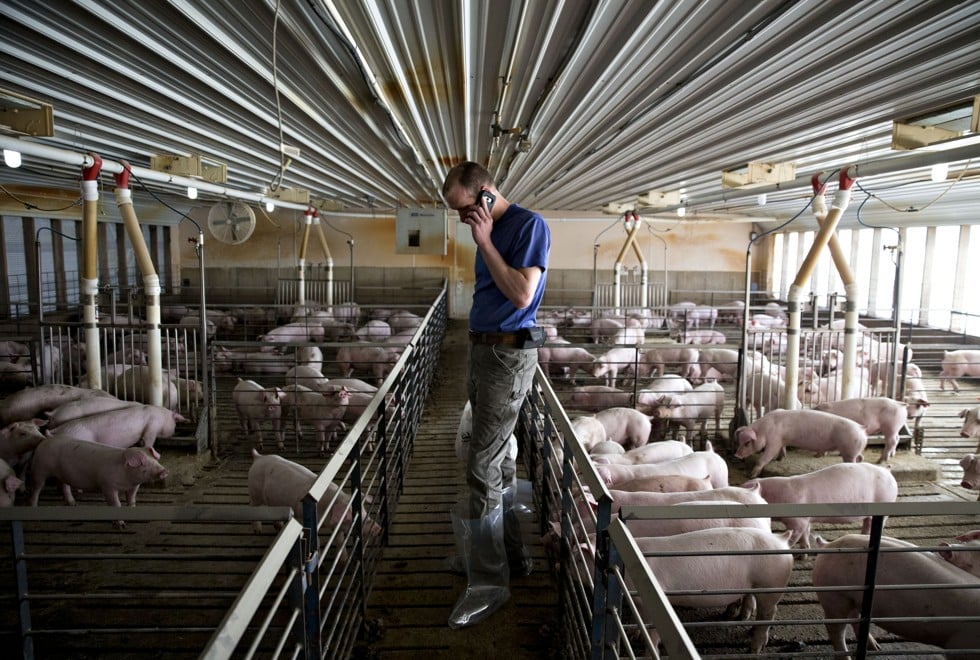US-China trade war on hold for now, but wait until Donald Trump has finished with the G7 and Kim Jong-un
Washington is set to release details of its latest tariffs on Chinese imports on Friday, and that is likely to set off a whole new round of fireworks, observer says

US agricultural negotiators were “pleasantly surprised” at what China offered during the latest trade talks, but an American business leader in Beijing said all bets could be off when Washington releases its new tariff list next week.
During the visit of US Commerce Secretary Wilbur Ross last weekend, China offered several “structural adjustments” to reduce barriers to agricultural imports as part of a package deal to increase its purchases of American goods, said Jake Parker, vice-president for China operations at the US-China Business Council.
The structural changes related to such things as the approval process for imported biotech crops, the paperwork for sanitary and phytosanitary certification, and the terms of tariff-rate quotas, he said.
“The agricultural negotiators left pleasantly surprised at the pace and extent to which China was willing to move on liberalisation in some areas,” he told the South China Morning Post.
However, while US President Donald Trump has been quiet on the US-China trade row in recent days – his focus has been on the G7 meeting in Canada and his upcoming summit with North Korean leader Kim Jong-un in Singapore on Tuesday – that could all change once those two distractions are behind him.
“North Korea has been one of many factors considered by the Trump administration in its trade negotiations with China. So the outcome of Tuesday’s summit is likely to allow the president to refocus on Chinese issues,” Parker said.
The White House is expected on Friday to unveil its list of the Chinese products that will be subject to new 25 per cent tariffs. Similarly, the Treasury Department is due to release details of new restrictions on Chinese investment in US technology and tighter export controls by the end of the month.
“The specific [tariff] list is unknown but we can expect it will be similar to the original announcement by the USTR [United States Trade Representative] office, with some tailoring after the hearings and comments submitted by US companies,” Parker said.
Beijing warned earlier that all deals reached in the recent talks would be voided if the US went ahead with the trade measures.
Parker said that officials last weekend also discussed long-term contracts for China’s purchases of natural gas, oil and coal.
While the two sides did not reach any final agreements on numbers or time frame, China’s Ministry of Commerce said on Thursday that the details were pending final confirmation.
“The agricultural part is quite challenging because of the US planting seasons and much will depend on the general agricultural cycle as to when the products will be bought,” Parker said.
“[In the meantime] decisions will be made within the US administration on whether the package of goods is enough, or if it is enough to delay the implementation of the tariffs. So a variety of different outcomes could be on the horizon,” he said.
“[However] There needs to be some announcement before next Friday, or the deal will be off the table.”
Narrowing the United States’ deficit in goods trade – calculated at US$375 billion last year by Washington and US$275 billion by Beijing – has been the priority in Trump’s China trade policy.
Despite the tensions, China’s trade surplus with the US continued to grow in May, to US$24.6 billion – its highest level this year – from US$22.2 billion in April.
Many observers have said that the rivalry between the two sides, especially in the area of technology, is only likely to intensify, with China’s state-backed plan to modernise and upgrade its manufacturing sector – a campaign known as “Made in China 2025” – set to spark further fireworks.
“These are issues that both sides have recognised as extremely challenging over the short term,” Parker said.
“There is likely to be an effort to negotiate those items in some kind of longer dialogue structure, while immediately focusing on lowering the trade deficit, reducing China’s tariffs on imports of US products and easing investment restrictions in the services sector.”
